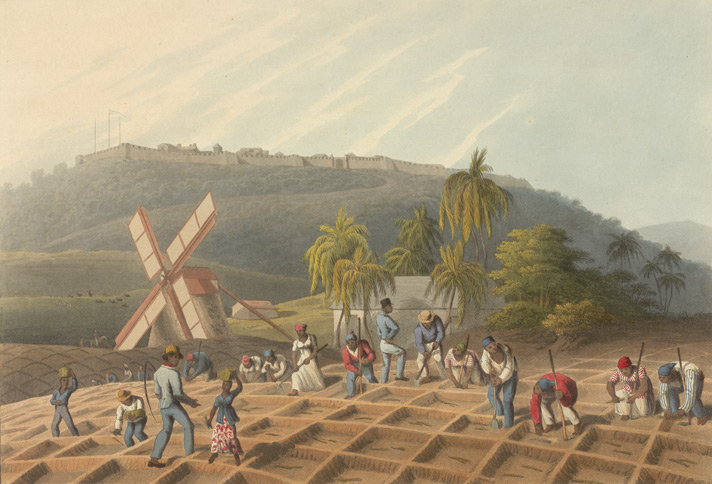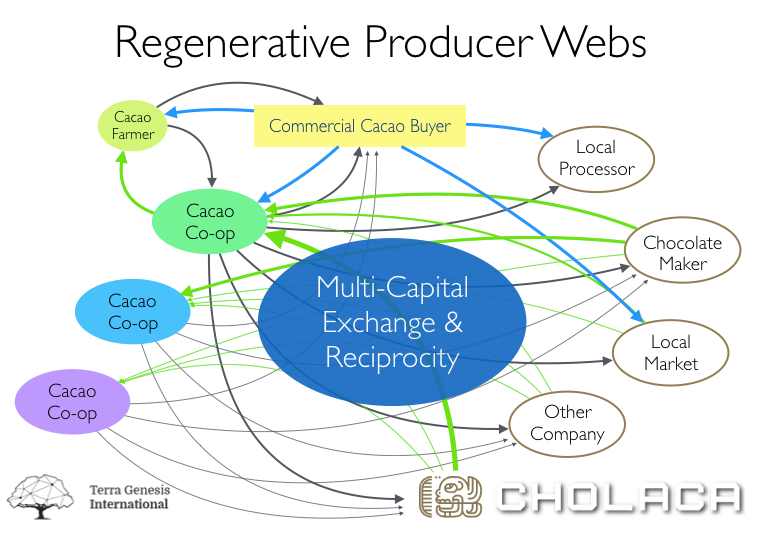“Supply Chains” are the current dominant concept of how all material goods are exchanged.
It is an out-dated and damaging concept, born in the time of colonization and ossified in the industrial revolution.

Consciously or unconsciously, the term “supply chain” directly recalls the early capitalist era of colonization, where traders and landowners literally used slaves in chains to supply agricultural commodities to their expanding empires.
The term is used ubiquitously now to describe how companies get the materials they need to produce their products, but it contains and encourages several significant errors:
- The phrase comes from a mechanistic paradigm, where complex human and ecological systems are treated as if they are machines. Chains do not exist in natural systems. (Reference: The Responsible Entrepreneur).
- Chains are linear, made of metal, hold things secure (or in bondage), and facilitate uni-directional movement. These characteristics do not match the complex multi-directional network of exchanges and relationships through which materials actually flow.
- Supply chains are mechanisms of one-way extraction: they strip value out of a place and bring it elsewhere, often in an inequitable exchange. Described through the framework of 8 Forms of Capital, financial capital is exchanged for quantities of living and material capital, while simultaneously degrading living, social, and cultural capital.

A global economy incentivizes the movement of agricultural goods and laborers around the world. So in our current world, “supply” still needs to occur.
How can we break the chains, and move towards a regenerative system of supply?
- The first step is to shift from “supply chains” to “supply webs,” with greater multi-directional interconnections, redundancy and resilience.
- The next step is to participate in the creation of regenerative supply webs, where suppliers and buyers collaborate to consciously regenerate agriculture systems, and develop and empower communities.
- Finally, the concept of “supply” transforms into ongoing value-addition of all entities for all entities. These regenerative producer webs are complex networks of enterprises that produce and exchange goods and services in a way that continuously adds value to each other, their customers, their investors, and the Earth.

What method of supply is your business using? What paradigm are you thinking through? What’s your next step towards regeneration?
This article is an edited excerpt from the white paper Levels of Regenerative Agriculture, available for download from www.terra-genesis.com

RESOURCES
If you liked this article, head on over to Medium and give it a few ‘Claps’.
